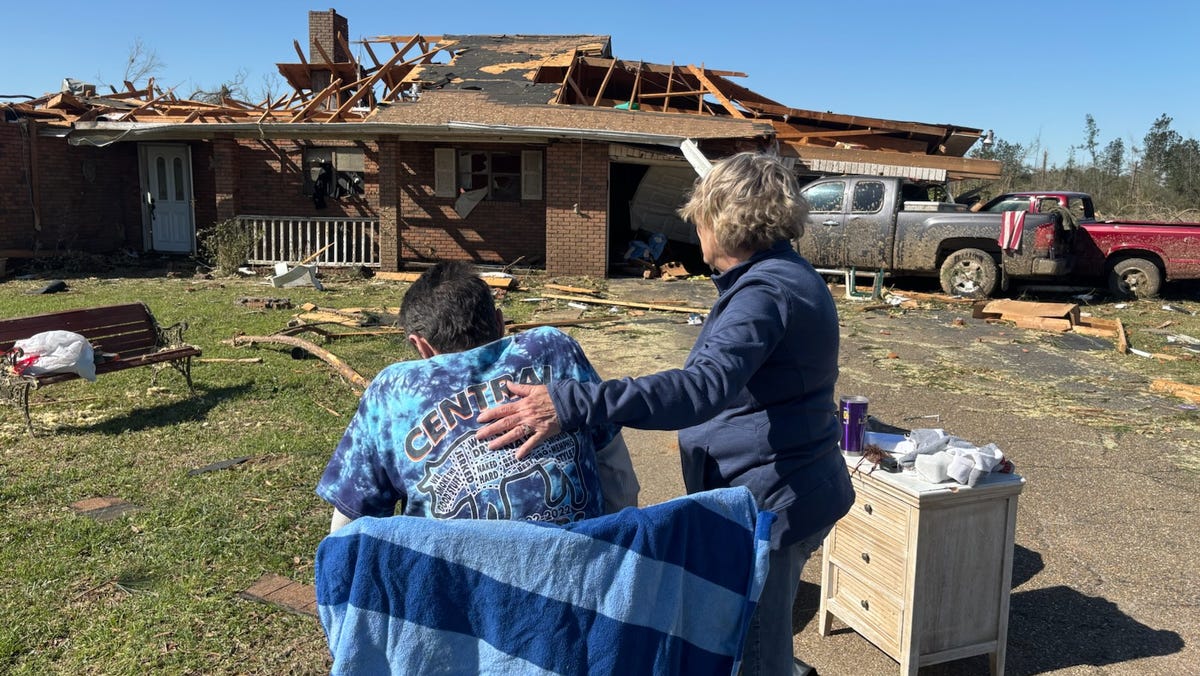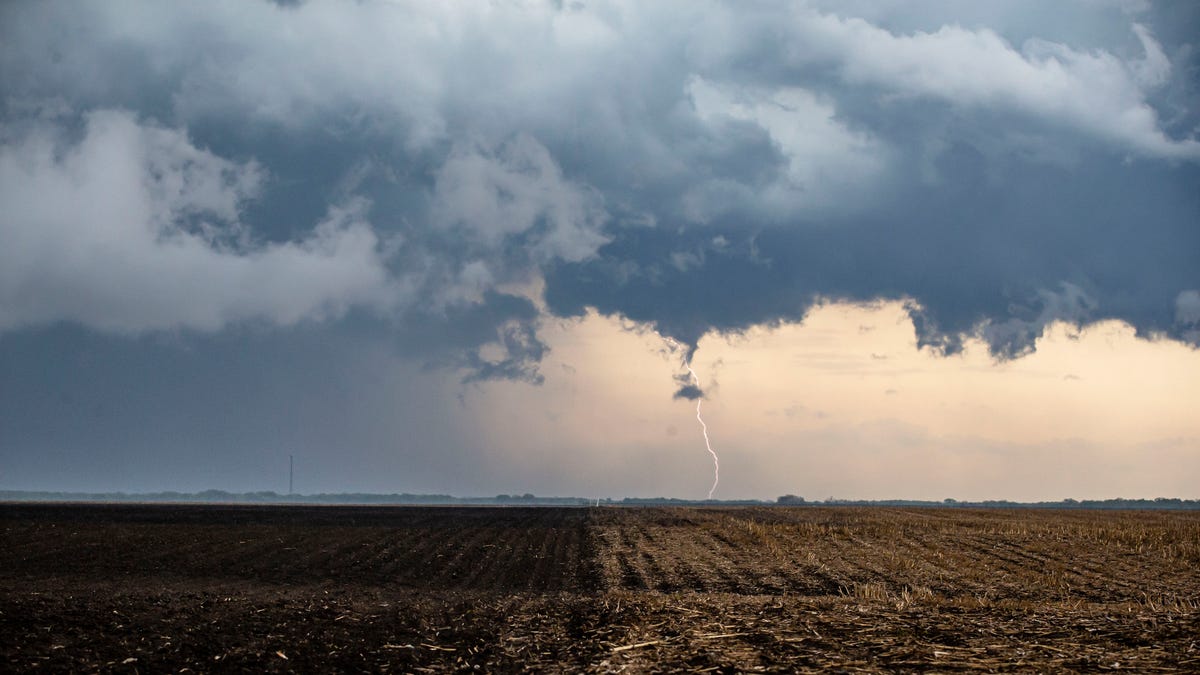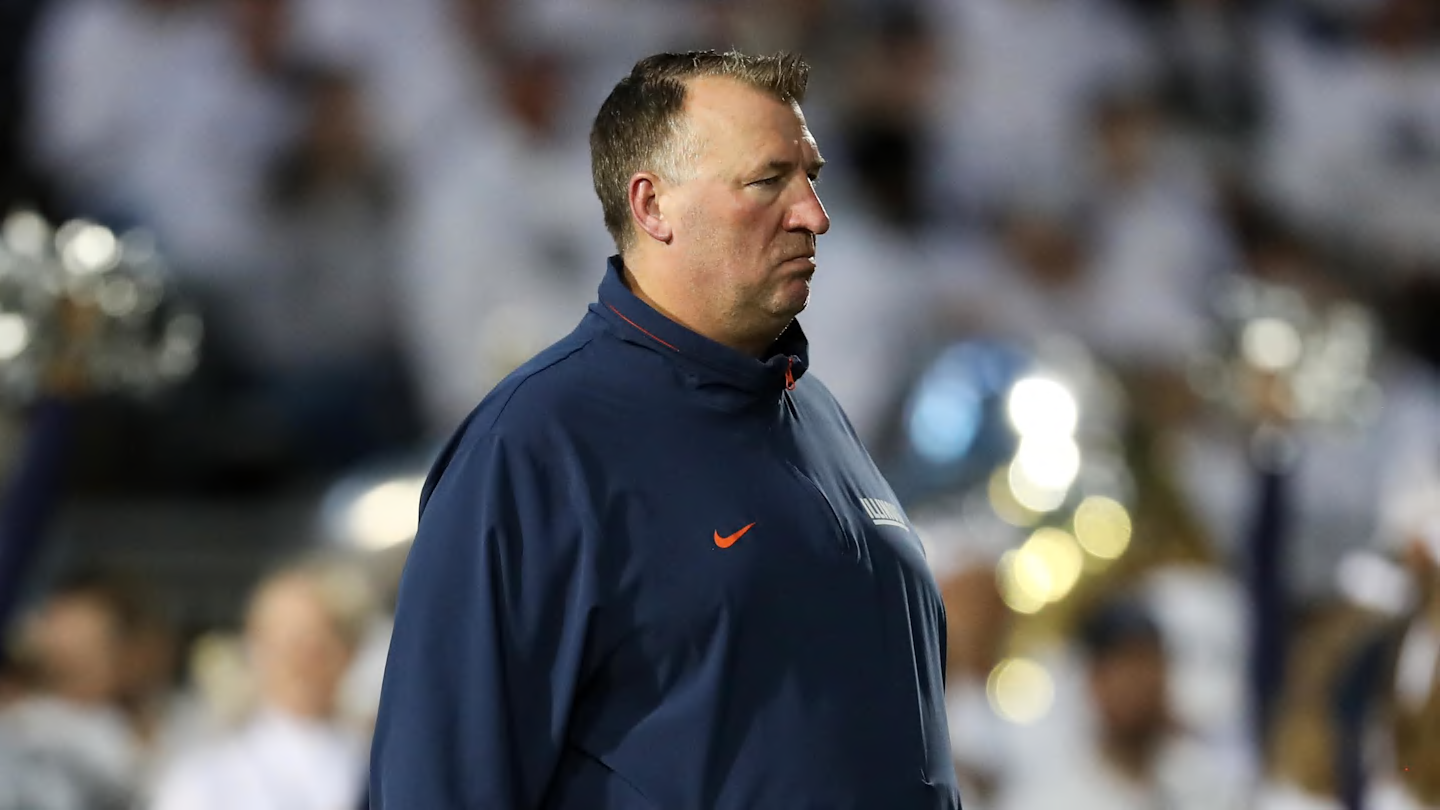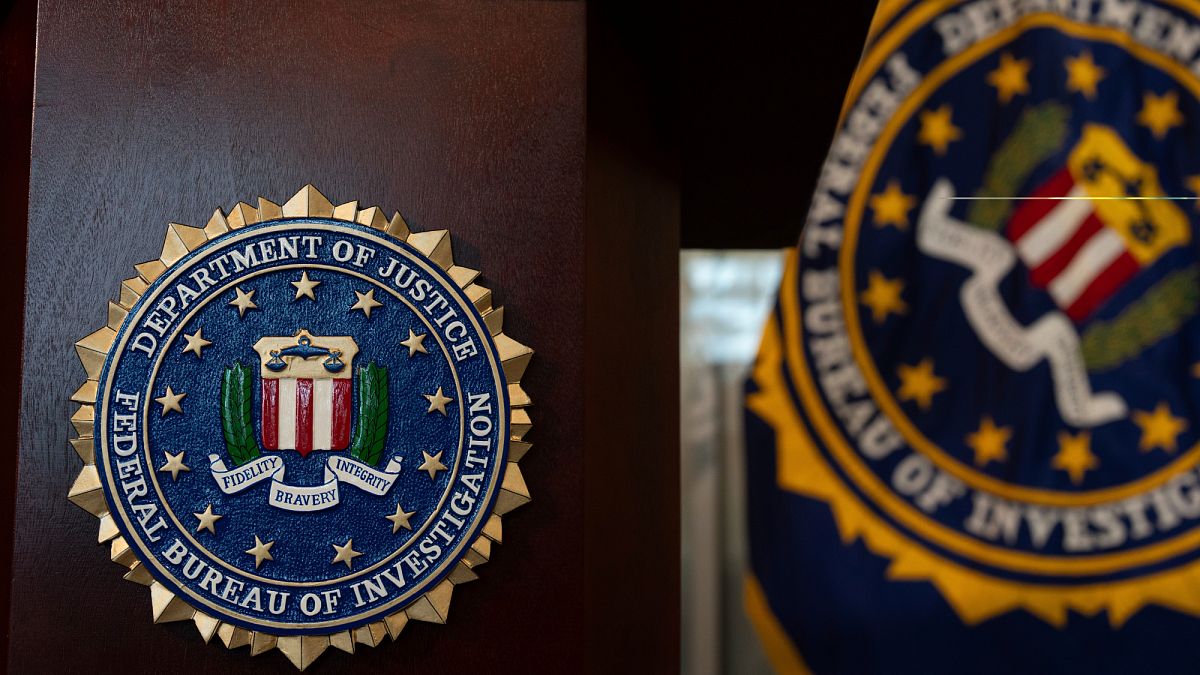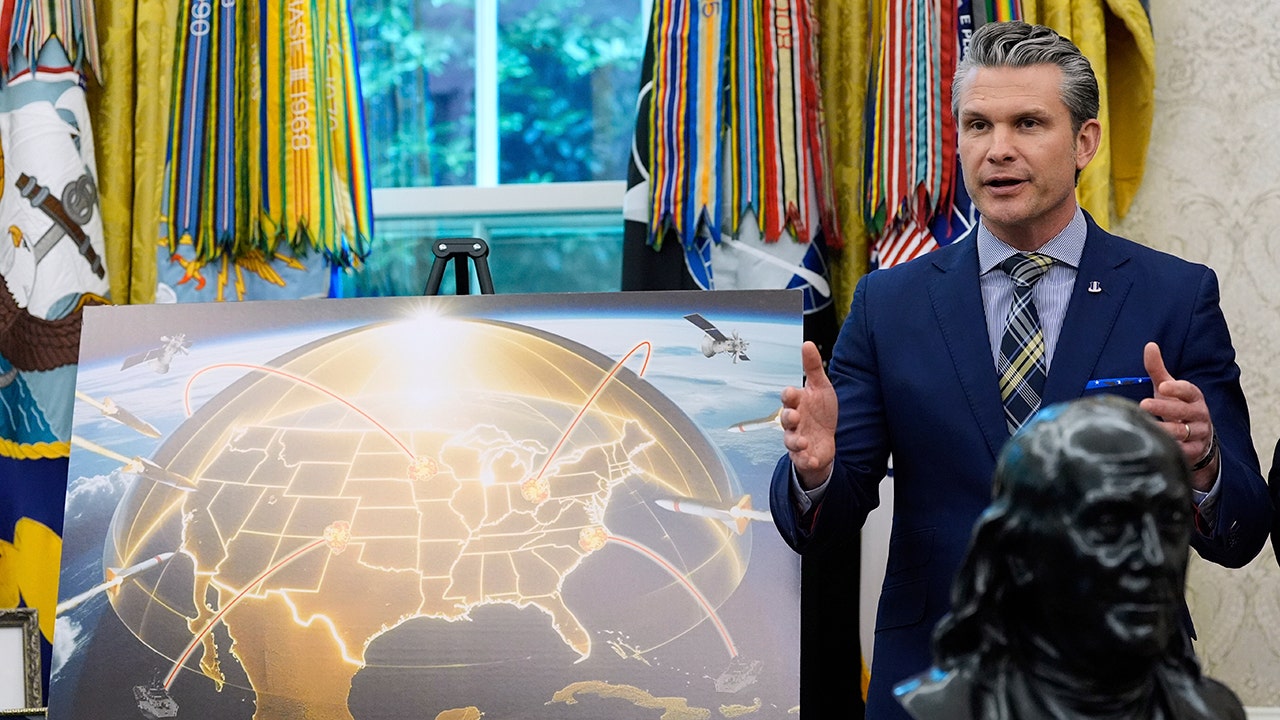Ohio
New Irritating Chemical Identified In The Air Weeks After Ohio Train Derailment
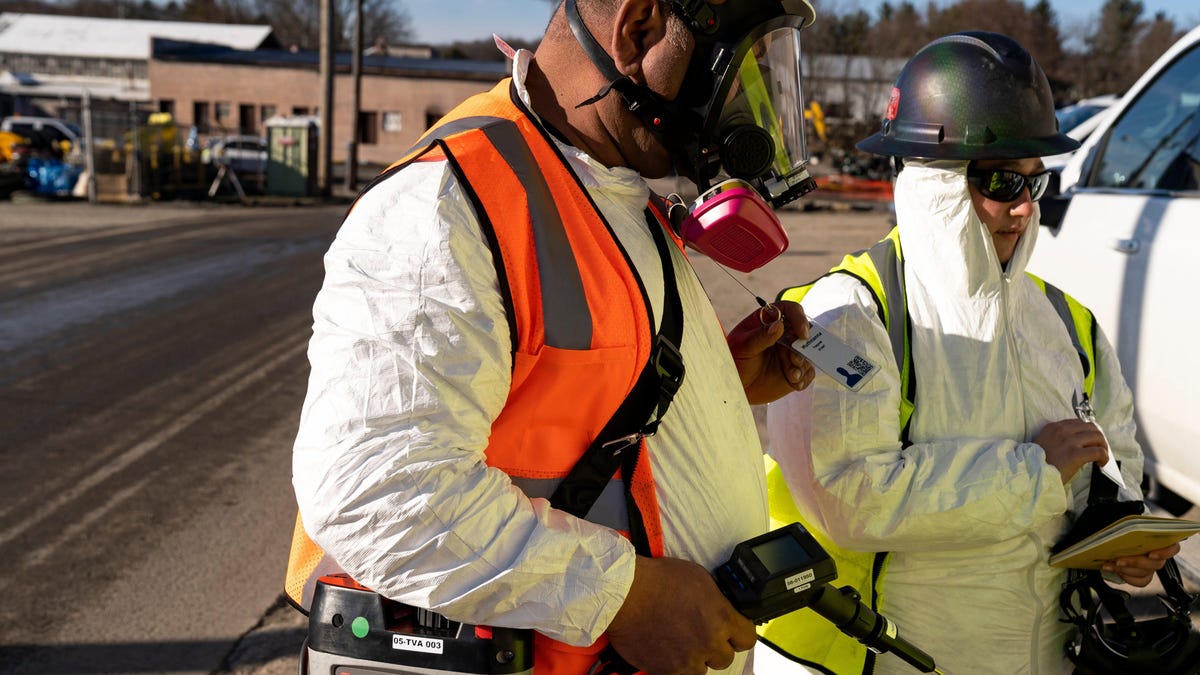
Experts told returning residents of East Palestine, Ohio, that hazardous chemical testing following a train derailment in their town showed dangerous substances were far below acceptable limits. Still, the town — and even the government’s own scientists — complained of sore throats, headaches and rashes.
It turns out, the extremely limited testing performed by the feds didn’t pick up one hazardous chemical in the weeks following the February 3 derailment on a Norfolk Southern railroad. Researchers from Carnegie Mellon and Texas A&M took readings in East Palestine following the derailment. The team published a paper in Environmental Science & Technology Letters describing how it found the chemical acrolein six times the normal level in the atmosphere two weeks after the derailment. From the Hill:
Attention on potential hazards from the crash largely focused on vinyl chloride, a hazardous substance used in production of plastics, that was spilled in the derailment. But, the team only detected vinyl chloride levels below what the Environmental Protection Agency (EPA) considers an unsafe long-term level.
However, the researchers found atmospheric concentrations of acrolein was up six times the normal level near the crash site from Feb. 20-21, nearly two weeks after officials cleared evacuees to safely return home. Acrolein, which was not among the chemicals spilled in the derailment, is an irritant to the eyes, skin and nose that has been linked to increased cancer risk.
Researchers said that while the EPA has also been measuring acrolein levels in the atmosphere, the agency did not pick up the lower levels of the compound linked to long-term risk.
Two weeks after rescue workers burned off the toxic chemical vinyl chloride, residents of East Palestine were cleared to return home. They quickly reported burning eyes, strange rashes and breathing difficulty. While these symptoms were sometimes dismissed by officials as psychosomatic, researchers from the Centers for Disease Control and Purdue University fell sick with the same symptoms.
The study’s authors note that these findings makes the argument for much longer and more detailed monitoring of an area after a crash. From the paper:
More broadly, this study illustrates that the ability of highly sensitive, nontargeted mobile monitoring to detect known and unknown [volatile organic compounds] can serve as a complement to the targeted and stationary monitoring typically deployed, facilitating characterization of the impacts of disasters on air quality and ultimately better protecting public health

Ohio
Japanese artist Takashi Murakami opens exhibit in Ohio museum with more than 100 works

CLEVELAND — Japanese contemporary artist Takashi Murakami has never been limited to one medium, creating paintings, sculptures, luxury goods with fashion houses like Louis Vuitton, album covers and an exclusive merchandising collection with Major League Baseball.
Now, he has filled a U.S. museum hall with portraits in every color as part of an exhibit opening Sunday at the Cleveland Museum of Art. “Takashi Murakami: Stepping on the Tail of a Rainbow,” an update of an exhibit first shown in Los Angeles, features more than 100 ranging works.
Murakami, known for his smiling rainbow-colored flower icon, intentionally layered light-hearted themes with historical events linked to trauma, he told The Associated Press.
The art explores the impact of trauma on people and culture, said Ed Schad, curator and publications manager at contemporary art museum The Broad in Los Angeles.
The portraits “have historical roots and that they could actually tell you a lot about what a society is doing, how healthy a society is, what a society is responding to,” Schad said. “What society is responding to most often in this exhibition is the idea of trauma.”
One sculpture depicts Murakami and his dog with half of their bodies in anatomical form, showing their bones and organs, while the other half is their outward appearances. The sculpture, Pom and Me, is described as Murakami’s interpretation of his experience in the West through the lens of his Japanese identity.
Square portraits featuring cartoonish flowers with facial expressions cover one wall of the exhibit, organized by background color to create a rainbow effect. One flower is wiping a tear from its eye, while another appears to be a zombie. One has blood dripping from its mouth. One appears to be in awe watching fireworks.
Though there are no obviously direct visual references to historical events, the museum said the art can be seen through the lens of three events in Japanese history: the atomic bombings of Hiroshima and Nagasaki by the United States during World War II, the 2011 Tōhoku earthquake and tsunami, leading to the Fukushima Daiichi nuclear accident, and the COVID-19 pandemic.
Murakami said it’s a bit of a misunderstanding that his work “is very easy and very popular.”
“But this is okay because this is one of my tricks,” he said.
What someone might admire about his art as a child, Murakami said, would likely not be what is admired by an adult.
Before entering the exhibit on the lower floor of the museum, visitors can walk through a version of the Yumedono, the octagonal-shaped building at Horyuji Temple in Nara, Japan. Murakami said he was inspired to create the structure after viewing the 2024 television series “Shōgun.”
Inside the structure are four new paintings — “Blue Dragon Kyoto,” “Vermillion Bird Kyoto,” “White Tiger Kyoto” and “Black Tortoise Kyoto” — created between 2023 and 2025.
The ticketed exhibit runs until early September.
Ohio
When it comes to ‘Most Hospitable’ in Ohio, WorldAtlas picks these three nearby towns

Tis The Season
A visit to Ohio’s largest year round Christmas store, located in Berlin, OH.
- Millersburg is known for its Amish heritage, including Yoder’s Amish Home and Hershberg’s Farm and Bakery.
- Mansfield is highlighted for its family-friendly attractions such as Kingwood Center Gardens and the Renaissance Theatre.
- Sugarcreek is recognized for its Swiss heritage, showcased at the Alpine Hills Historical Museum and celebrated with the Ohio Swiss Festival.
WorldAtlas.com has ranked the nine Most Hospitable Towns in Ohio, and three of them are just around the corner.
Making the list are Millersburg (Holmes County), Sugarcreek and Mansfield.
Millersburg (Holmes County) was chosen for its Amish heritage and close-knit community ties, according to WorldAtlas.com. Mansfield was picked for its family-friendly attractions and Kingwood Center Gardens and Sugarcreek’s lure is its Swiss heritage and unique culture.
WorldAtlas.com is an online educational website the specializes in geography and related topics. It offers content including maps, articles and data, covering areas such as geography, sociology, demography, environment, economics, politics and travel. The site, which offers fact-checking, aims to provide accurate information, serving as a resource for educators and students.
Millersburg (Holmes County) noted for ‘practical activities’
The Millersburg and Holmes County community hosts friendly residents who lead a simple life, according to WorldAtlas, which notes Yoder’s Amish Home provides a feel for everyday Amish life through barn visits, buggy rides and other practical activities. Hershberg’s Farm and Bakery entices newcomers with delicious baked goods and similar Amish treats, including pies, jellies, and jams.
Visitors also can shop for antiques and handcrafts while interacting with receptive shopowners. The site also mentions the county’s festivals.
Mansfield highlighted for Kingwood Gardens, block party
Mansfield has an impressive spectrum of family-friendly attractions, according to WorldAtlas, which lists the 47-acre Kingwood Center Gardens as a notable greenspace with its colorful blend of flowers, herbs and shrubs The Renaissance Theatre treats guests to live performances in a 1,400-seater venue, known for hosting singing, acting, and dancing shows.
The town organizes several events throughout the year, with the Peace on My Block Party bringing families together. The fun festival aims to stop bullying and violence in the community through peaceful interactions and entertainment for kids of all ages, the website notes.
Sugarcreek, a gem in Amish Country
Sugarcreek is known for its Swiss heritage and neighborly residents, according to WorldAtlis. Tourist visit to explore its unique culture at the Alpine Hills Historical Museum and Information Center. The center showcases rare exhibits depicting a unique combination of Amish and Swiss heritage The Dutch Valley Restaurant welcomes guests to try its rich traditional cuisine, featuring Amish-style.
The annual Ohio Swiss Festival is a great time to join the community in celebrating its Swiss heritage through a variety of traditional activities, says the website.
Other areas listed in the Top 9 Most Hospital Towns in Ohio are Twinsburg, Circleville, Marietta, Geneva-On-The-Lake, Sandusky and Waynesburg.
Ohio
Poker and slots on your phone? Lawmakers consider 2 bills that would clear the way for iGaming in Ohio.

CLEVELAND — After decades of pushback from lawmakers in Columbus on gambling, the people of Ohio voted in 2009 to change the state constitution, clearing the way for four casinos to be built in Cleveland, Columbus, Toledo and Cincinnati. A selling point of what was then known as Issue 3 was the tax revenue it would generate for communities across the state, with 90% of those funds going to the state’s 88 counties, school districts and the casinos’ host cities.
The state of Ohio was pretty much left out of the mix, something newly elected Governor John Kasich tried to fix in 2011 when he got into a fight with the casinos over new taxes and fees. It was a battle that at one point brought construction of the Cleveland casino inside the Higbee Building to a halt.
In June of that year, a deal was reached that cleared the way for the project to move forward, the state to get an additional $110 million over ten years and for the Ohio Lottery to oversee slots-only racinos that would be opened in the state’s seven racetracks.
That would be the extent of gambling expansion for the better part of a decade until the U.S. Supreme Court cleared the way for legalized sports betting, which Ohio went online with in January of 2023. Online being the operative word because it marked the state’s foray into mobile gambling, sports betting on your phone. Something lawmakers in Columbus now argue is the perfect lead-in to i-Gaming.
“We already have table games, we already have slots, and we already have online gambling. House Bill 298 would simply blend the two and allow virtual slot machines and virtual table games alongside online sports betting,” said the bill’s sponsor, Rep. Brian Stewart (R-Asheville).
House Bill 298 is one of two bills the legislature is considering that would clear the way for you to play casino games, slots, roulette, and poker on your phone and, in the process, cut the state in on the tax revenue.
“If we’re looking at our neighboring states of Michigan and Pennsylvania, I think we’re looking anywhere from $300 million to a billion a year,” said State Senator Nathan Manning (R-North Ridgeville), the sponsor of Senate Bill 197.
But there are areas of concern that go along with that, addiction being a major one, fueled by the easy access anytime on your phone. Manning tells News 5 that it is a concern they are addressing by setting weekly wager limits of $500 and a weekly time limit for someone to gamble online at 5 hours. He argues there’s already an estimated $600 million to $2 billion worth of illegal online gambling happening in the state.
“Problem gambling already exists, and we can properly address it through legalizing it and putting in some guardrails on,” Manning said.
A stance Mark Stewart of the National Association Against iGaming takes issue with.
“I would ask, would you do the same with fentanyl? It’s happening illegally anyway; should we just tax it, legalize it and put boundaries on it? No,” said Stewart.
The NAAiG is a group that lists Cleveland’s JACK Entertainment among its members, which is opposed to legalized online gambling, which the group argues will kill business at the state’s casinos and racinos that employ thousands.
“The state’s incentivizing people to just sit on their couches, get on their phones, which are already addictive and play casino games instead of going to the casino, where they support jobs, they support restaurants, they support entertainment venues,” Stewart said.
Both bills limit licenses to those casino and racino owners already operating in Ohio, with the House bill adding a restriction on promotions to help those brick-and-mortar facilities.
“Unlike sports betting, which allowed out of state companies to offer a significant cash promotions on their apps, internet gambling apps under this bill would only be permitted to offer promotions that can be redeemed at existing brick and mortar sites across Ohio such as free bets in person, meals, hotels and other perks at those facilities,” said Rep. Brian Stewart.
“I think you’re going to see the vast majority of existing casino and racino operators are going to be in support of internet gambling and the expansion that we’re talking about,” he said.
Mark Stewart doesn’t see it that way. In addition to his role with NAAiG, he’s an executive vice president with the Cordish Companies, which operates several casinos, including two in Pennsylvania, the Live Casinos in Philadelphia and Pittsburgh. They also hold an online gambling license in Pennsylvania.
“Pennsylvania passed iGaming before we had our licenses, and we opposed iGaming there. To protect our investment, we got a license, and the comparison is dramatic,” he said. “To build two casinos, we employ over 3,000 people, and we invested a billion dollars in Pennsylvania. We’re supporting literally thousands of small businesses every day. On the iGaming side, we needed to hire one person, and we invested $500,000. It’s radically different. The benefits for the state are in in-person gaming.”
As the two bills progress through the House and Senate, there is the underlying question over whether the legislature can expand casino gambling online since it wasn’t part of the 2009 amendment clearing the way for it in those four locations.
“That’s a great question,” said Manning, “and the courts are a little bit limited in how they’ve ruled on this, but of the opinions that’ve been ruled on, they basically said that the legislature can expand gambling and we’ve done that in a number of different areas.”
“We’ll see if there’s a challenge. If there is, you know I think that there’s some good case law and arguments to be made that this is perfectly constitutional, but at the end of the day, the courts will make that decision,” he said.
Manning also said he’s talked to Rep. Brian Stewart about his bill. “I think we’re on the same page with a lot of different issues and then maybe a little different on a few others, but I look forward to working with them hand in hand, and hopefully we can come up with a good joint bill here.”
Watching it all is Governor Mike DeWine, who has taken a wait-and-see approach.
“Always a use for the extra revenue, but I think we have to weigh what the consequences of expanding gambling are,” DeWine said.
-

 Education1 week ago
Education1 week agoVideo: Opinion | We Study Fascism, and We’re Leaving the U.S.
-

 Technology1 week ago
Technology1 week agoLove, Death, and Robots keeps a good thing going in volume 4
-

 News1 week ago
News1 week agoAs Harvard Battles Trump, Its President Will Take a 25% Pay Cut
-

 Culture1 week ago
Culture1 week agoBook Review: ‘Hunger Like a Thirst,’ by Besha Rodell
-

 Technology1 week ago
Technology1 week agoMeta asks judge to throw out antitrust case mid-trial
-

 Politics1 week ago
Politics1 week agoRepublicans say they're 'out of the loop' on Trump's $400M Qatari plane deal
-

 World1 week ago
World1 week agoCommissioner Hansen presents plan to cut farming bureaucracy in EU
-

 Politics1 week ago
Politics1 week agoDem senator says 'no doubt' Biden declined cognitively during presidency
